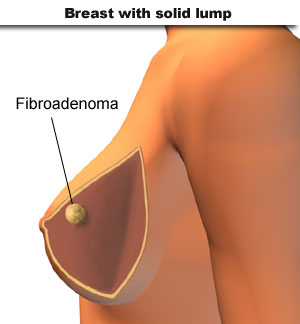Many people have this misconception that in order to lower their cholesterol, they have to follow strict diet programs and take drugs or supplements. However, drastic dieting is not a good way to lower your cholesterol; in fact you are only endangering your body instead of helping it. Aside from that too much dependence on drugs or prescription will only lead to more years of being dependent on drugs and food supplements.
Now, to make matters worse, you were taking different cholesterol lowering pills and supplements but you are not pairing it with a healthy diet and regular exercise. According to many diet experts, in order to successfully lower your cholesterol levels and to make it stay on the prescribe level is to have a healthy diet, healthy lifestyle and regular physical exercise. In short, in order to get rid of bad cholesterol, you have to totally change your lifestyle, bad habits and diet. Stop being a couch potato and have a regular exercise.
It has been easy for us to lose weight because there has been many introduced weight loss methods. And this includes diet programs, it is easier for us to get rid of our fats and lose weight without doing rigorous exercises. Exercise often discourages people because it requires time and much energy, and that is people prefer to go for diet programs.
There are varieties of diet programs so it is not so hard to find and choose the appropriate diet your body needs. Low-carbohydrate diet is the more quite known, it reduces and cut off the calories that people regularly take. Usually the foods that are high in carbohydrates also have the high calorie content. The consumption of calories is keenly regulated in the low-carb diet by reducing the daily serving of the rich in carbohydrate foods. The type of foods that this diet usually consists is dairy products such as milk and cheese, and strictly do not include foods like bread, rice, potatoes. The diet is the best and safest way to weight loss because it satisfies the hunger without doing tiring exercises.
Discover How to Lose Weight Fast
You must know the foods and drinks you must avoid, for you to only eat the proper diet and successfully lose weight. The following are the things you must know and do:
1. Eat Vegetables and fruits! Go sweet fruits as an alternative for eating sweet chocolates and snacks. Organic vegetables with low-calorie content should be prepared for every meal. Vegetables and fruits are a great source of fiber that helps in dissolving harmful fats in the body and lose weight faster.
2. You must forget soda, soft drinks and alcohol. These drinks may taste good but remember that the only significant liquid need by the body is water. Go for healthy drinks suck as green teas, and other natural refreshments containing antioxidants! Plain water is still the best!
3. Eat more of whole grains and less of processed foods because your body does not need preservatives, artificial colors, sodium, fat and sugars. Instead you must supply your body of good nutrients like protein and carbohydrates to aid your body in losing weight.
The tips mentioned are proven and certified of many nutritionist and dietician that effectively helps to maintain healthy body and to lose weight.
If you are interested to know the different types of effective diet programs you can visit http://www.plandiet.org today. For more information about healthy fitness and diet, click here for reliable diet resources!
Article Source: http://EzineArticles.com/?expert=Julius_Daviz_Galvez
Article Source: http://EzineArticles.com/7387817












